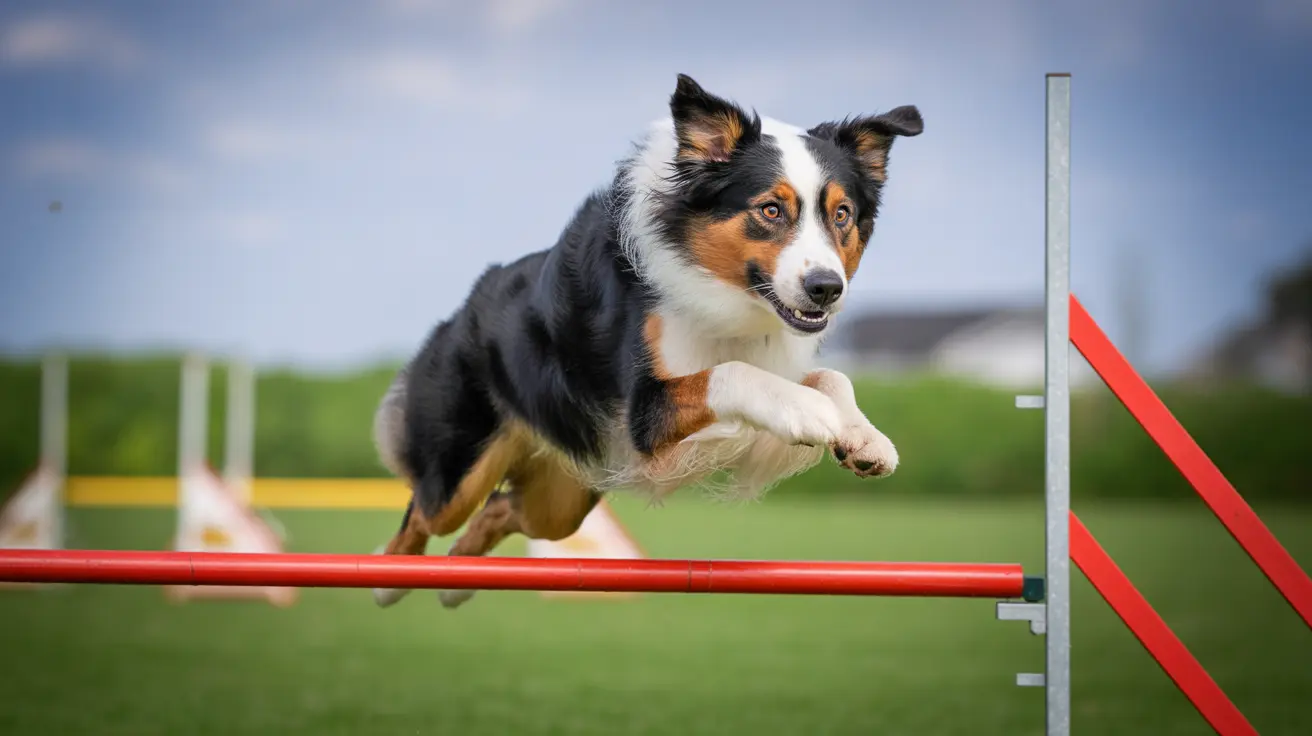Japanese Dog Breeds: History, Traits, and Unique Characteristics
Japan is home to a fascinating array of dog breeds, many of which are celebrated as national treasures. These breeds aren't just pets; they're woven into the fabric of Japanese culture and history. Let's explore their origins, physical traits, and what makes each breed special.
The Six Nihon Ken: Japan's Native Breeds
The heart of Japan's canine heritage lies in the six native spitz-type dogs known as Nihon Ken. Each has a distinct background and purpose:
- Akita: Hailing from Akita Prefecture, this large breed was once a hunter of big game like bears. Akitas are powerful yet dignified, with thick double coats and curled tails. Their loyalty is legendary—think of Hachiko's unwavering wait for his owner.
- Shiba Inu: The smallest and oldest native breed (dating back to 300 B.C.), the Shiba Inu was bred for hunting small game in mountainous regions. They're agile and independent with fox-like faces and a unique vocalization called the "Shiba scream." Today, they're Japan's most popular companion dog.
- Hokkaido: Native to northern Japan's cold climate, Hokkaidos have robust bodies and dense coats. Historically used for search and rescue as well as hunting, they're energetic and protective but cautious around strangers.
- Shikoku: From Shikoku Island, these athletic dogs were bred to hunt wild boar. They possess agility and intelligence along with a reserved but loyal temperament.
- Kishu: Originating in the Kishu region for hunting deer and boar, Kishus are solid-colored (often white), strong-willed, brave, and deeply bonded to their families.
- Kai Ken: Known for their brindle coats and agility (even climbing trees!), Kai Kens come from Yamanashi Prefecture. They're intelligent hunters with a strong prey drive.
Other Notable Japanese Breeds
- Japanese Chin: Despite its name suggesting Chinese origins, this toy breed was refined in Japan centuries ago for aristocratic companionship. Chins are affectionate lapdogs with long silky coats.
- Japanese Spitz: Developed in the early 20th century as a cheerful companion dog. With fluffy white coats and plume-like tails, they’re playful and social—perfect family pets who need regular grooming.
- Japanese Terrier: Emerging in the 1920s from mixes of native dogs with European terriers, these small lively dogs have sleek short coats and energetic personalities.
- Tosa (Japanese Mastiff): The largest Japanese breed (up to 200 pounds), Tosas were bred for dog fighting but can be calm companions under experienced care due to their strength.
- Ryukyu Inu: Native to Okinawa’s rainforests and rare even in Japan today. Ryukyus are hardy hunters able to climb trees thanks to unique physical traits; they’re loyal but reserved around strangers.
Main Physical Traits
The majority of native Japanese breeds share several features that helped them thrive in mountainous or cold climates:
- Erect ears
- Curling tails
- Spires-type build
- Dense double coats
Their sharp features aren’t just striking—they’re practical adaptations developed over centuries of selective breeding.
Loyalty & Temperament
If there’s one trait that unites almost all Japanese breeds—whether spitz or not—it’s loyalty. Many also display intelligence and courage; some can be reserved or wary with strangers but form close bonds with their families. For example:
- The Akita is dignified yet fiercely protective.
- The Shiba Inu is alert and clever but independent-minded.
- The Kishu bonds deeply with its household while remaining brave on hunts.
Cultural Significance
Certain breeds like the Akita have become symbols of loyalty throughout Japan—immortalized by stories such as Hachiko’s daily vigil at a train station long after his owner passed away. Meanwhile, Shiba Inus have won hearts worldwide thanks to their expressive faces (and internet fame).
Diversity Beyond Spitz Types
A few non-spitz breeds—like the Japanese Chin or Tosa—were either introduced from abroad or developed by mixing native dogs with imported ones. These breeds often served different roles: lapdogs for nobility or working dogs for specialized tasks like fighting or hunting in unique environments (such as Okinawa’s jungles).
The Modern Role of Japanese Dogs
Today you’ll find these breeds not only as beloved family companions across Japan but also gaining popularity internationally. Their adaptability means they fit various lifestyles—from active outdoor homes (think Kai Ken or Hokkaido) to city apartments (like the playful Japanese Spitz).





